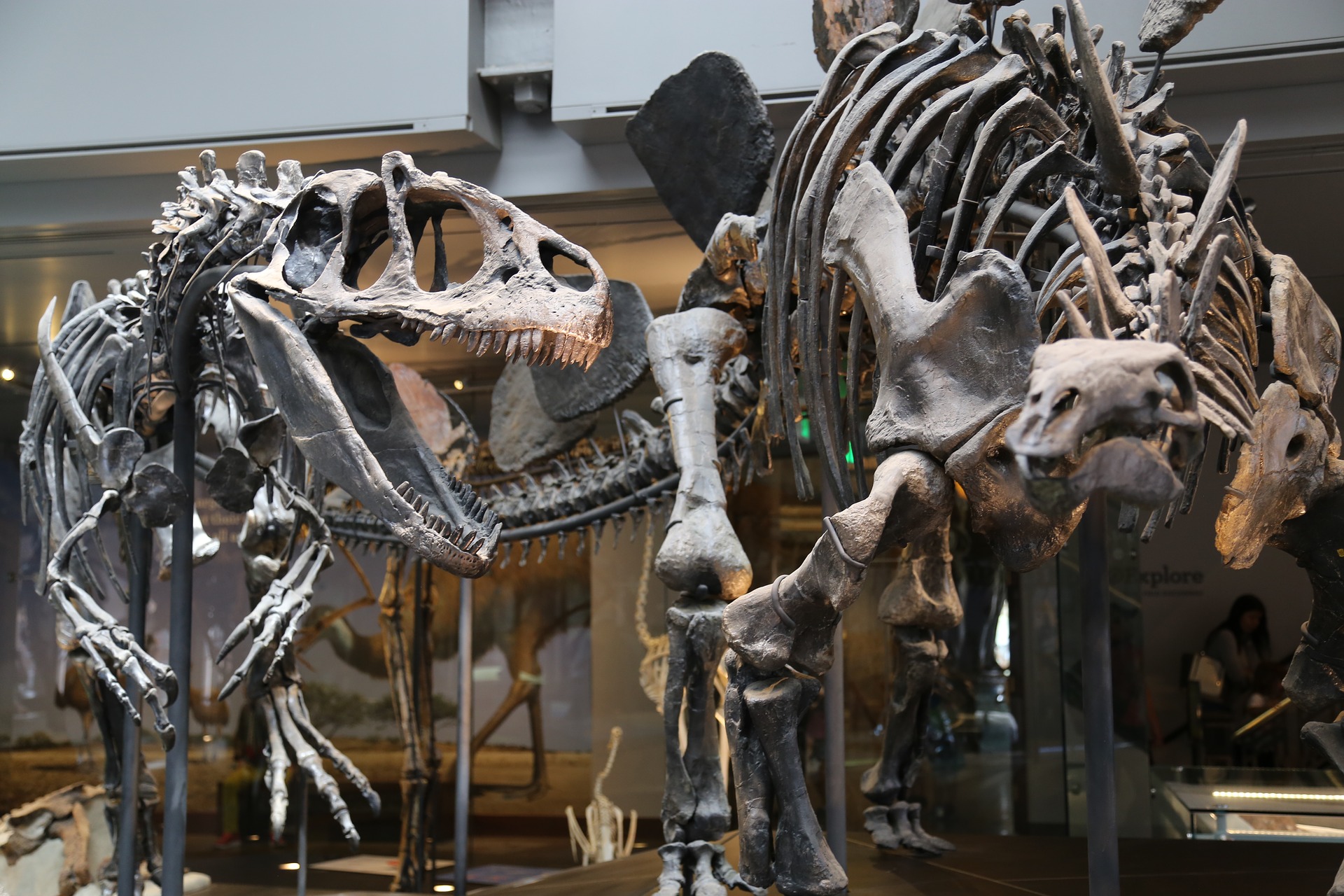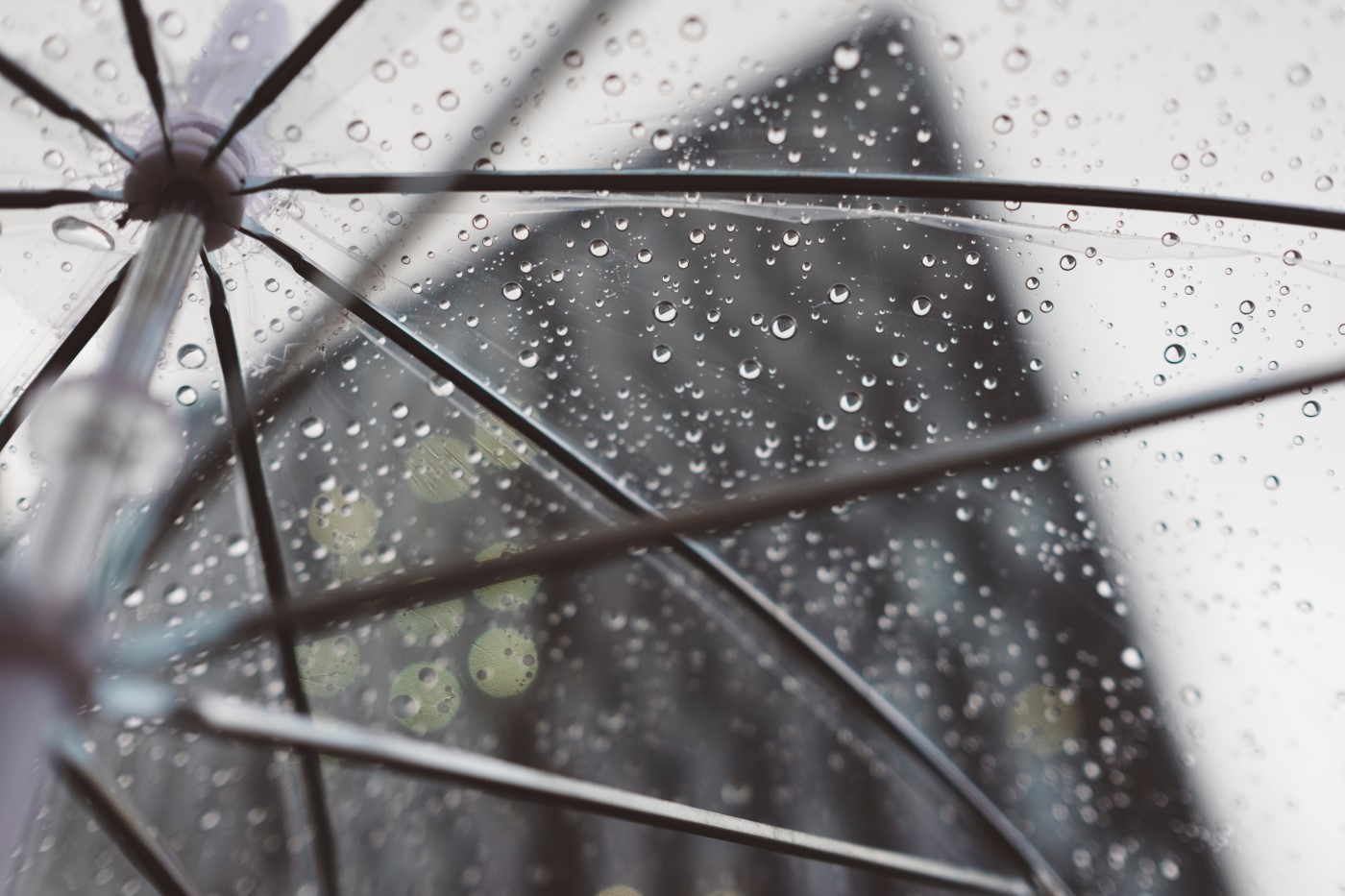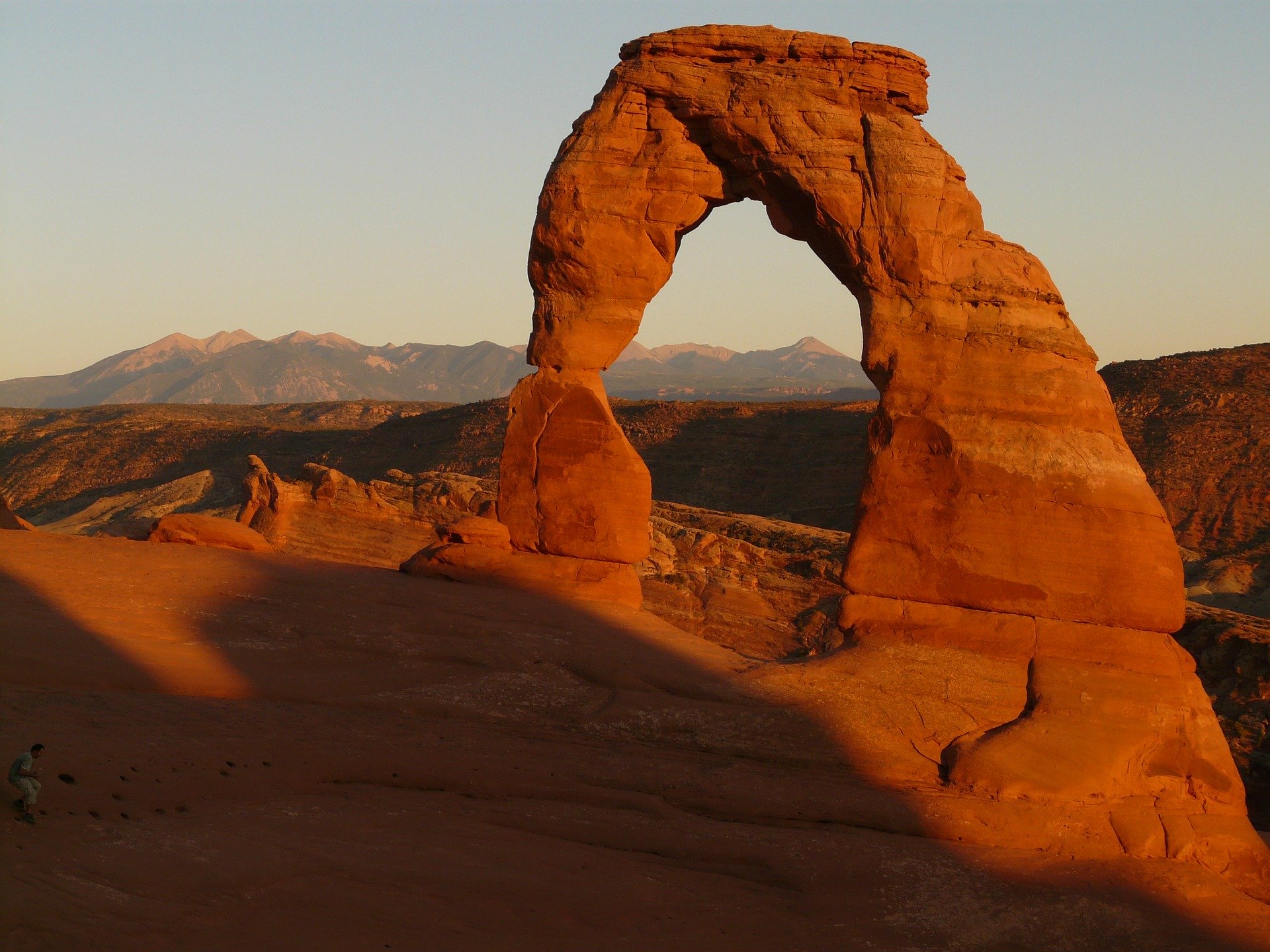Modern and new can be fun, but for many of our visitors taking a step back into the past makes their journey to Moab one they will never forget, as they learn about the people and places that made our desert town one of the most popular in the nation. Originally known as the Spanish Valley in reference to the families that once lived here, the name Moab is considered to have been taken straight from the pages of the bible, and when your historic journey brings you in our direction, we are pretty sure you will find the region a heavenly one! This guide to everything historic promises to make your Moab getaway an exciting adventure you will never forget.
Moab Giants
Before our ancestors stepped foot on the desert land that is Moab, dinosaurs once freely roamed the area, although it probably looked far different than it does today. Moab Giants, a dinosaur museum, allows visitors to see what the creatures once saw. Taking you through a virtual prehistoric aquarium, it teaches us about the undersea creatures as well as the ones who walked on land. Offering the opportunity to meet a megalodon and ancient sea turtles in 5D, as well as the “monsters” that ruled the air and land, the Moab Giants museum, located at 112 UT-313, is a local favorite!
Wilson Arch
The landscape of Moab is one of red clay and sandstone, and some of the natural features of the land entice visitors to examine it a little closer. Wilson Arch is one of the features you won’t want to miss! Created from centuries of wind and water, the opening inside the arch is the perfect spot for a picnic, but if you’re not in the mood for a hike, the pull off located just South of Moab off Highway 191 allows for an amazing photo opportunity. Taking nearly 75 million years to form, the arch was in its infancy when dinosaurs roamed. Its survival is a testament to the hardiness of the Valley; not all formations have stood the test of time!
Petroglyphs in Moab
The best way to learn about the history of a place is through their own words, or in this case, their own pictures. There are many places throughout the valley that feature petroglyphs that are symbols of the cultures of the Native American peoples who made Moab their home. Examine the birthing scene off Kane Road that depicts childbirth of people from 2000 to 8000 years ago or take your children to the Courthouse Wash Rock Art found along the Moab Canyon Pathway; there is a panel interpreting the art in both locations. If your family is interested in something more than red sandstone and pretty pictures created by ancient peoples, Potash Road offers petroglyphs and dinosaur tracks that have been preserved for millions of years. The Golf Course Rock Art Site at 3573 Westwater Road will allow the golfer in your family a chance to play if he or she can tear himself away from the fascinating stories told by the petroglyphs located there.
Moab Museum of Film and Western Heritage
When traveling with children, you often discover the difficulty of finding attractions that keep both young and old and happy and entertained. Children’s museums only appeal to the very young, and only the over 18 crowds seem to be drawn to art and history establishments, but the Moab Museum of Film and Western Heritage may be the exception to the rule! Located at 14 UT-128 and featuring a collection geared towards film enthusiasts, it’s the Western Heritage part that will fascinate your children! All kids love the romance associated with cowboys and the Old West, and this free activity has plenty to keep your children entertained as you fall in love with memorabilia associated with movies that were filmed in the area. Hollywood isn’t the only town where make believe is the key commodity; many Western movies, including Wagon Master, Rio Grande, and Son of Cochise, were filmed right here in Moab!
Moab Cabin
This historic complex located off 65 North 200 East offers a fascinating example of life in Moab in the late 1800s. Featuring a cabin originally built in 1879 and moved here from another location, this is one of the homes that began the settlement of our desert town. Made of wood, clay, and thatch for the roof, this small structure is what most early settlers lived in when they first moved to the region. Also built in 1879 and located in this historic complex is the Moab LDS Church, which served as the primary church for settlers until the congregation grew too large and a new building had to be built in 1925.
Empty Spaces Waiting to Be Filled For Your Moab Getaway
As you travel the historic roads of Moab, going “home” each night to the comforts of our Empty Spaces vacation escapes may be the highlight of a getaway that sparkles with joy. Reserve your stay today!











